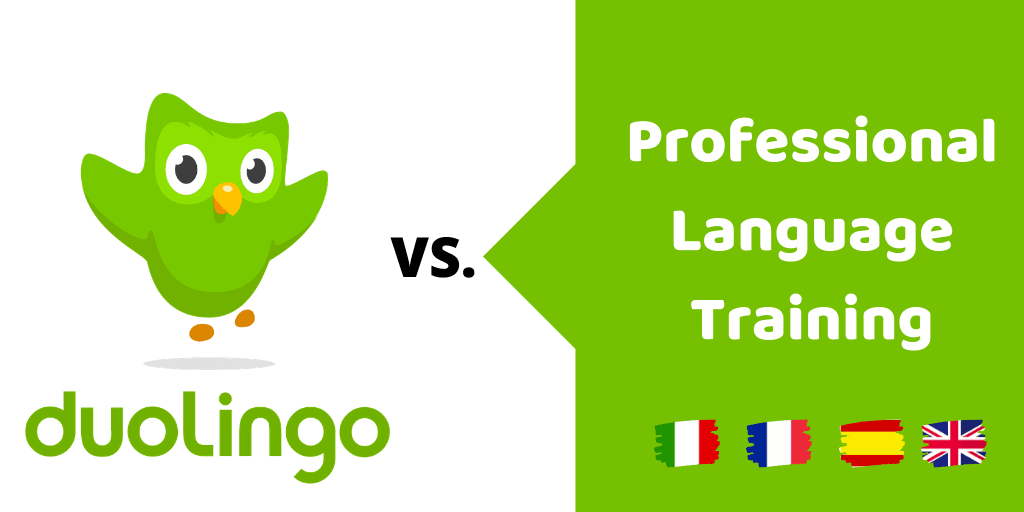

Language learning has evolved significantly in recent years, with digital tools and apps revolutionizing how we approach this skill. Let’s explore this topic in more detail with Subway Surfers, a popular mobile game that has inadvertently become a language learning tool for many.
While not designed as an educational app, Subway Surfers global popularity has exposed players to various languages and cultural elements, making it an unexpected ally in language acquisition. This phenomenon highlights the changing landscape of language learning, where traditional methods are being challenged by innovative, often unintentional, approaches.
The digital age has ushered in a new era of language learning, with apps and online platforms taking center stage. Duolingo, perhaps the most well-known of these digital tools, has become synonymous with modern language acquisition. Its gamified approach, colorful interface, and bite-sized lessons have made language learning more accessible and engaging than ever before. This shift towards digital platforms has been particularly appealing to young people in school, college, and university, as well as young professionals and digital nomads who seek flexible and cost-effective ways to expand their linguistic horizons.
The appeal of these digital tools lies in their convenience and adaptability. Users can learn at their own pace, fitting lessons into busy schedules without the need for formal classes or strict timetables. This flexibility is especially valuable for those looking to enhance their opportunities for studying, working, or traveling internationally. Moreover, many of these platforms offer free or low-cost options, making language learning more accessible to a wider audience.
However, the rise of digital language learning tools has sparked a debate about their effectiveness compared to traditional learning methods. While apps like Duolingo offer immediate feedback and progress tracking, critics argue that they may lack the depth and nuance provided by traditional classroom settings or immersive experiences. This has led to a growing interest in understanding what actually works when it comes to language acquisition in the digital age.
Read more: Language Learning for Busy People: How to Make Time Every Day
Duolingo has emerged as a frontrunner in the digital language learning space, boasting millions of active users worldwide. Its success can be attributed to several key factors that resonate with modern learners:
Gamification: Duolingo’s approach turns language learning into a game-like experience, complete with points, levels, and rewards. This gamification aspect taps into users’ competitive nature and motivation to progress, making the learning process more engaging and enjoyable.
Accessibility: Available on both mobile devices and desktop computers, Duolingo allows users to learn anytime, anywhere. This accessibility is particularly appealing to busy individuals who may struggle to commit to regular class schedules.
Variety of Languages: With a wide range of languages available, from widely spoken ones like Spanish and French to less common options like Hawaiian and Klingon, Duolingo caters to diverse learning interests and goals.
Adaptive Learning: The app uses algorithms to adapt to each user’s learning pace and style, providing a personalized experience that can help maintain motivation and progress.
Community Features: Duolingo incorporates social elements, allowing users to connect with friends, join clubs, and participate in leaderboards, fostering a sense of community and healthy competition.
Despite these advantages, Duolingo is not without its critics. Some language experts argue that the app’s focus on translation exercises and multiple-choice questions may not adequately prepare learners for real-world language use. Additionally, the lack of in-depth grammar explanations and limited speaking practice in some languages have been pointed out as potential shortcomings.
User experiences with Duolingo vary widely, reflecting the diverse needs and expectations of language learners. Many users report significant progress in their target languages, particularly in building vocabulary and basic sentence structures. For instance, Sarah, a college student, shares, “Duolingo helped me build a strong foundation in Spanish. After three months of daily practice, I felt confident enough to have simple conversations with native speakers during my study abroad program.”
On the other hand, some users find that while Duolingo is an excellent starting point, it may not be sufficient for achieving fluency. John, a young professional learning Mandarin, notes, “Duolingo was great for learning basic characters and phrases, but I found myself needing additional resources to improve my speaking and listening skills.”
These mixed reviews highlight the importance of understanding one’s learning goals and using Duolingo as part of a broader language learning strategy rather than as a sole resource.
While digital tools have gained prominence, traditional language learning methods continue to play a crucial role in language acquisition. These methods, refined over decades of educational practice, offer unique benefits that remain relevant in the modern era:
Classroom Instruction: Structured classroom environments provide opportunities for immersive learning, immediate feedback, and interactive practice with peers and instructors. The social aspect of classroom learning can be particularly beneficial for developing speaking and listening skills.
Textbooks and Workbooks: Traditional learning materials offer comprehensive coverage of grammar, vocabulary, and cultural context. They provide a structured approach to language learning that can be especially helpful for learners who prefer a linear progression.
Language Exchange Programs: Immersive experiences through study abroad or language exchange programs offer unparalleled opportunities for cultural immersion and rapid language acquisition. These programs force learners to use the target language in real-life situations, accelerating fluency and cultural understanding.
Private Tutoring: One-on-one instruction allows for personalized attention to a learner’s specific needs and challenges. Tutors can tailor lessons to address individual weaknesses and provide targeted practice in areas of difficulty.
The enduring value of these traditional methods lies in their ability to provide deep, contextual learning experiences. They often offer more comprehensive explanations of grammar rules, idiomatic expressions, and cultural nuances that may be oversimplified or omitted in app-based learning.
Read more: Why You're Not Too Old to Learn a Language
Many language experts and educators advocate for a blended approach that combines the strengths of both traditional and digital learning methods. This hybrid model allows learners to leverage the convenience and engagement of apps like Duolingo while benefiting from the depth and interpersonal aspects of traditional learning.
For example, a learner might use Duolingo for daily vocabulary practice and basic sentence construction, while attending weekly conversation classes to improve speaking skills. Alternatively, they might supplement their app-based learning with periodic intensive language retreats or short-term study abroad programs to gain real-world practice and cultural insights.
This combined approach addresses many of the limitations of relying solely on either digital or traditional methods. It provides a more well-rounded learning experience that can cater to different learning styles and objectives.
Regardless of the chosen method, certain key factors contribute to effective language learning. Understanding these elements can help learners make informed decisions about their language learning journey:
Consistency and Regular Practice: Whether using an app or attending classes, consistent practice is crucial for language acquisition. Short, daily practice sessions are often more effective than longer, infrequent study periods.
Active Engagement: Passive exposure to a language is not enough. Effective learning requires active engagement, including speaking, writing, and interactive exercises that challenge the learner to apply their knowledge.
Comprehensible Input: Exposure to language content that is slightly above the learner’s current level (known as i+1 in linguistics) helps push the boundaries of understanding and encourages growth.
Motivation and Goal-Setting: Clear, achievable goals and sustained motivation are essential for long-term success in language learning. Apps like Duolingo excel at maintaining short-term motivation through gamification, while traditional methods may provide deeper, intrinsic motivation through cultural connections and personal achievements.
Varied Learning Methods: Incorporating a mix of learning techniques, including reading, listening, speaking, and writing, helps develop well-rounded language skills.
Real-World Application: Opportunities to use the language in authentic contexts, whether through conversation practice, consuming media in the target language, or travel experiences, are invaluable for cementing learning and building confidence.